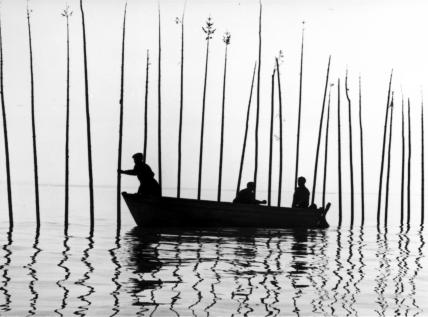Today, on the second anniversary of the Sandy Hook School shooting, we are announcing Self-Reliant Film’s upcoming web documentary, which will be released online this spring.
Entitled The Story of the Stuff, the documentary -- using video, audio, images and text -- tracks what happens to more than half a million letters, 65,000 teddy bears, and hundreds of thousands of other packages, donations, and condolence items sent to Newtown, Connecticut, in the wake of the Sandy Hook shooting.
As I worked with residents of Newtown to tell this story, I was vigilant to resist exploiting this horrific tragedy by digging into the violence of that day. This is not a story about violence; it is a story about what we do after violence.
The story has a deeply personal connection.
On April 16, 2007, I was at work, managing a Blacksburg, Virginia, art house cinema when a shooter murdered 32 students and faculty at Virginia Tech. It is the deadliest mass shooting in modern US history.
In the days, weeks, months, and years that followed April 16th (I later went on to teach filmmaking at Virginia Tech from 2008-2012), I witnessed firsthand the growing phenomenon in global culture that we’ve seen everywhere from Oklahoma City to Columbine, from Aurora to the Boston Marathon bombing: After a tragedy is covered in graphic detail by the news media, there comes a massive public outpouring of sympathy, most often in the form of physical expressions of grief—for lack of a better term, the “stuff.”
Votive candles, flowers, teddy bears, Hallmark cards—these come en masse. Giant posterboards, personalized gifts, hand-written letters, and painstakingly handmade artworks—the range and scope of materials is extraordinary.
But the tidal wave of “stuff” poses an added burden for the recipient community and the questions are countless: Where does all the stuff go? Who should handle it? Should any of it be kept forever? Where and for what purpose?
Ever since my experience at Virginia Tech, these questions have fascinated me -- as a filmmaker, as a practicing librarian, and as one who has grieved—up close and at a distance—for those lost.
The Story of the Stuff, then, is an investigation into our American culture of consumption and remembrance. The way we represent, remember, and respond to such tragedies has much to teach us about ourselves, our memories, and our grief.
I hope you’ll join us in exploring these questions when we release The Story of the Stuff on April 16, 2015—the eighth anniversary of that fateful day that changed my life forever and inspired this new work.
-- Ashley Maynor
UPDATE (4.3.15): The Story of the Stuff facebook page has launched. "Liking" that page will keep you abreast on the most up-to-date announcements about the documentary's launch.

















 The last couple of months have been pretty darn busy, so blogging has taken a backseat. I've been working on a few different projects -- some writing, a DVD of two short films, and some tests with a new camera. And I got married -- eloped to Walden Pond, to be precise. It's been good to have some downtime from the blog, but now I'm back.
The last couple of months have been pretty darn busy, so blogging has taken a backseat. I've been working on a few different projects -- some writing, a DVD of two short films, and some tests with a new camera. And I got married -- eloped to Walden Pond, to be precise. It's been good to have some downtime from the blog, but now I'm back. .
.